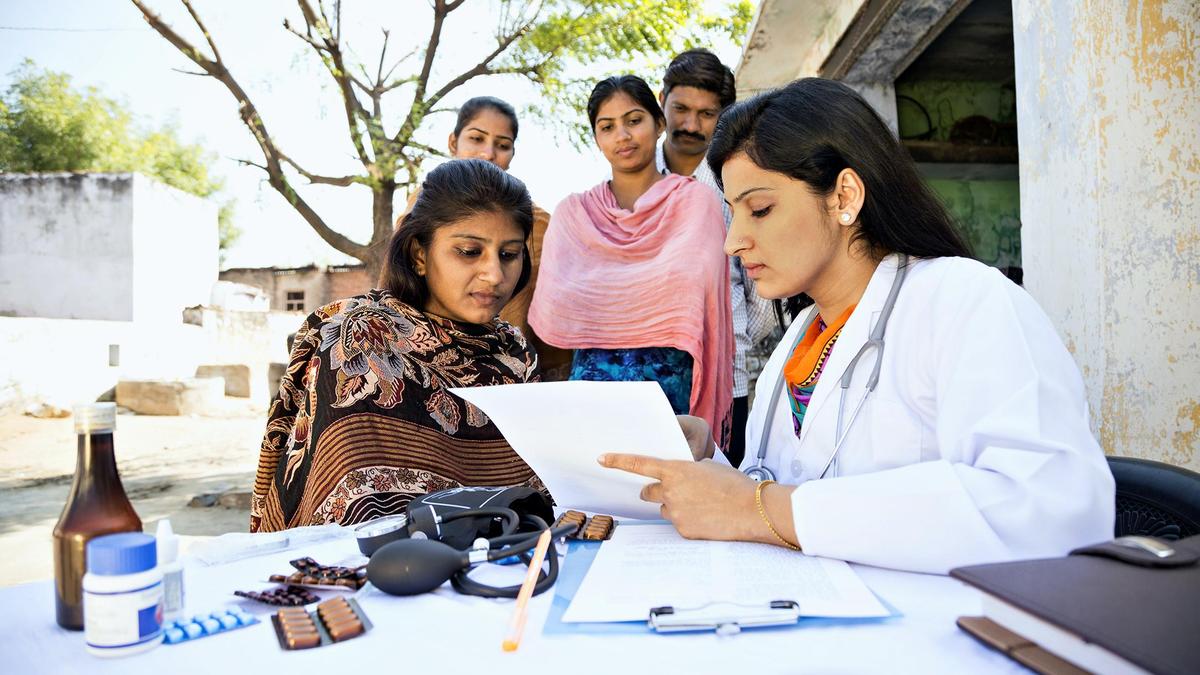Home / Health / India's Doctor Count: The WHO Benchmark Myth
India's Doctor Count: The WHO Benchmark Myth
26 Nov
Summary
- WHO states it doesn't prescribe doctor-population ratios.
- Government cites a 1:1,000 ratio, a claim WHO refutes.
- India's doctor ratio ranks 118th globally, below WHO's composite figure.

The Indian government's reliance on the World Health Organization (WHO) benchmark of one doctor per 1,000 people is questionable, as the WHO itself has stated it does not provide such recommendations. Historically, government responses have varied, with recent replies from 2015 and 2024 citing the 1:1,000 ratio as a standard. This benchmark has been used to compare India's doctor availability, with the government sometimes including AYUSH practitioners to meet the target.
Multiple public health experts and former WHO staff have confirmed that the WHO does not have an official doctor-population ratio standard. The 1:1,000 figure appears to have originated from academic papers and was subsequently cross-cited without verification. Early official references in India point to the Medical Council of India's 'Vision 2015' report, not WHO documents.
While the WHO does not set doctor-specific ratios, it uses composite figures for health worker needs. The latest WHO benchmark for skilled health workers (doctors, nurses, midwives) is 4.45 per 1,000 population. India's current composite figure is 3.06 per 1,000, ranking it 122nd globally, and its doctor-only ratio of 0.7 per 1,000 ranks 118th. Experts emphasize that the real crisis lies in the rural-urban disparity, not just the average national numbers.



